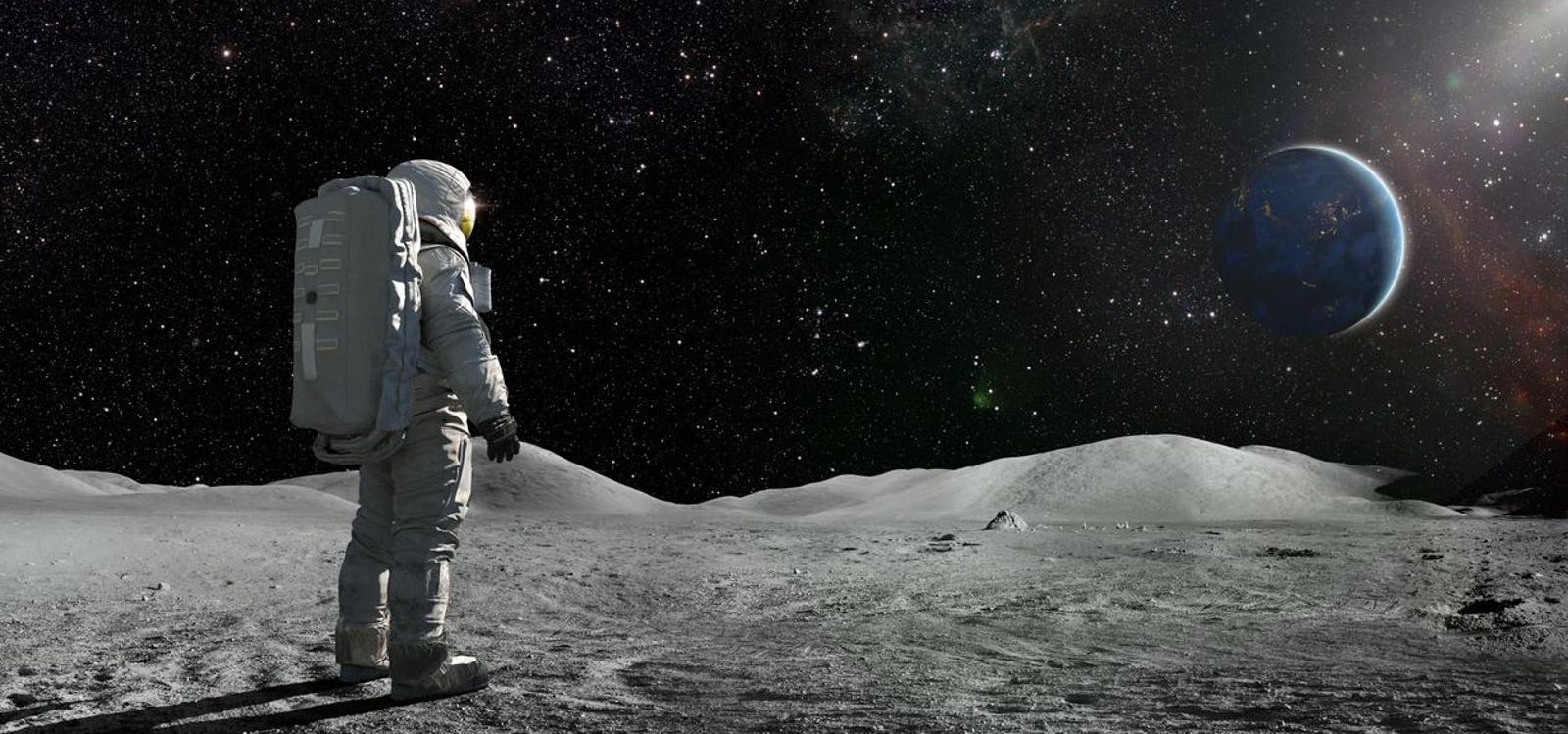A Moon-Shot For Life: Scientists Plan Lunar 'Life Bank' To Preserve Biodiversity

With over a million species facing extinction, the global biodiversity crisis is reaching a critical point. While efforts to protect life on Earth intensify, scientists are looking beyond our planet for a bold solution: a "life bank" on the moon. This groundbreaking proposal involves cryogenically freezing vital biological material, including DNA, seeds, and even cells, and storing them in the frigid lunar poles.
The idea of a lunar biorepository may sound like science fiction, but it is rooted in scientific practicality. A recent study in the journal *BioScience
outlines the compelling rationale behind this ambitious project. As Earth faces growing environmental pressures, establishing a backup of our planet's biodiversity in space offers a vital insurance policy for the future.
The moon's natural cryogenic conditions, with temperatures ranging from -180°C to -230°C, provide a cost-effective and stable environment for preserving life. The lunar poles offer a safe haven, free from the political instability, natural disasters, and other threats that could jeopardize a similar repository on Earth. Moreover, the moon's vacuum atmosphere effectively prevents contamination and degradation of specimens.
The lunar biorepository is not just about safeguarding life; it serves as a crucial testbed for future space exploration. By studying the effects of cosmic radiation on biological materials in this unique setting, scientists can refine cryopreservation techniques, essential for long-term human space travel. It also promotes international cooperation and legal frameworks for future multinational space initiatives, paving the way for further exploration.
The path to this lunar life bank is already underway. Scientists have begun cryopreserving samples, such as fin tissue from the starry goby, to assess the resilience of biological material in simulated space conditions. These experiments, conducted in labs around the world, are crucial for ensuring the safe transport and preservation of biological ambassadors to the moon.
The next step involves sending cryopreserved samples to the International Space Station, where they will experience the rigours of space firsthand. This will provide invaluable insights and data to refine preservation techniques before the final leap to the lunar surface.
The lunar biorepository is a testament to global collaboration, with scientists across countries and continents working together to safeguard our planet's biodiversity. This ambitious project represents a beacon of hope, demonstrating humanity's commitment to preserving life and pushing the boundaries of scientific exploration. As we venture beyond Earth, the moon's life bank stands as a testament to our determination to protect and secure the future of life, not just on Earth, but across the cosmos.





